A class action suit filing in California complains that "refurbished" service stock replacements doled out by Apple in exchange for damaged devices to AppleCare+ service plan holders are not functionally the same as new.
The class action suit, filed Wednesday, takes offense to Apple replacing damaged devices with refurbished devices. Specifically mentioned, the suit is over the clause in the AppleCare Plus contract documents stating that devices replaced under the program are "equivalent to new in performance and reliability."
Lawyers for the claimants declare in the suit that refurbished means "a secondhand unit that has been modified to appear to be new" and cannot be equivalent in durability or functionality as a new unit.
The suit stems from plaintiff Vicky Maldonado's screen crack in her third generation iPad after six months of ownership. After being told that a replacement iPad would cost $250 in 2012 because of the accidental nature of the damage, she was also suggested that the AppleCare Plus program would cover future damage for an additional $100.
Without going into details of failure, Maldonado claims in the lawsuit filing that the replacement iPad did not function properly, and as such, was not equivalent to new.
In September 2013, Maldonado purchased a fourth generation iPad and AppleCare Plus service plan, and claims that she was not informed that she would receive a refurbished used device in the event of damage. She returned to the Apple store in May of 2015 for repair, and was given another refurbished device.
No failure after replacement was noted in the court filing for the fourth generation iPad. Regardless, the court filing notes that "what Maldonado received was not a device that was new or equivalent to new in performance and reliability."
The court case will hinge on the definitions of refurbished, and on how the court interprets "equivalent to new in performance and reliability." From the beginning of Apple service programs, parts that are replaced in a repair at an authorized service location are required to be returned to Apple for evaluation and component level repair, and an eventual return to service stock.
While some parts on Apple iOS devices can't be refurbished, like the displays, the units themselves are no different. Damaged devices claimed by Apple during the repair process are often sent to a central depot for examination. They are repaired, or "refurbished," and either sent back into the service replacement process, or re-sold by Apple or an allied vendor directly to consumers as a refurbished product.
Some Apple Retail stores have basic repair services on-site. However, most stores will give the AppleCare holders the choice of an in-store repair for basic failures which generally takes between two and four days, waiting up to 10 days for a repair of the original device to return from an off-site repair depot, or being provided a service-stock replacement on the spot.
AppleInsider spoke with a genius at a local Apple Genius Bar about the replacement or repair process. Users with iCloud or iTunes backups of a phone generally opt for an on-the-spot swap, and the customer is told that the device is "refurbished, and functionally equivalent to new."
Owners without a recent backup typically select the in-store or depot repair. It is not known if Maldonado or the other plaintiffs were given the choice of a repair in-store, or a replacement from service stock during the store visits for assorted repairs.
AppleCare+ was unveiled as an extension to the normal AppleCare warranty program. For $99, the AppleCare+ program covers two incidences of user-induced damage for two years after initial device purchase for fees ranging from $50 for an iPad, up to $100 for an iPhone 6s. AppleCare+ must be purchased within 60 days of a device's initial purchase.
The complainants are seeking restitution, a court injunction preventing Apple from giving refurbished devices to customers as service replacements, attorney fees, the option of customers being given the full purchase price for a broken device instead of a repair, and a change to the AppleCare+ service plan terms and conditions.
 Mike Wuerthele
Mike Wuerthele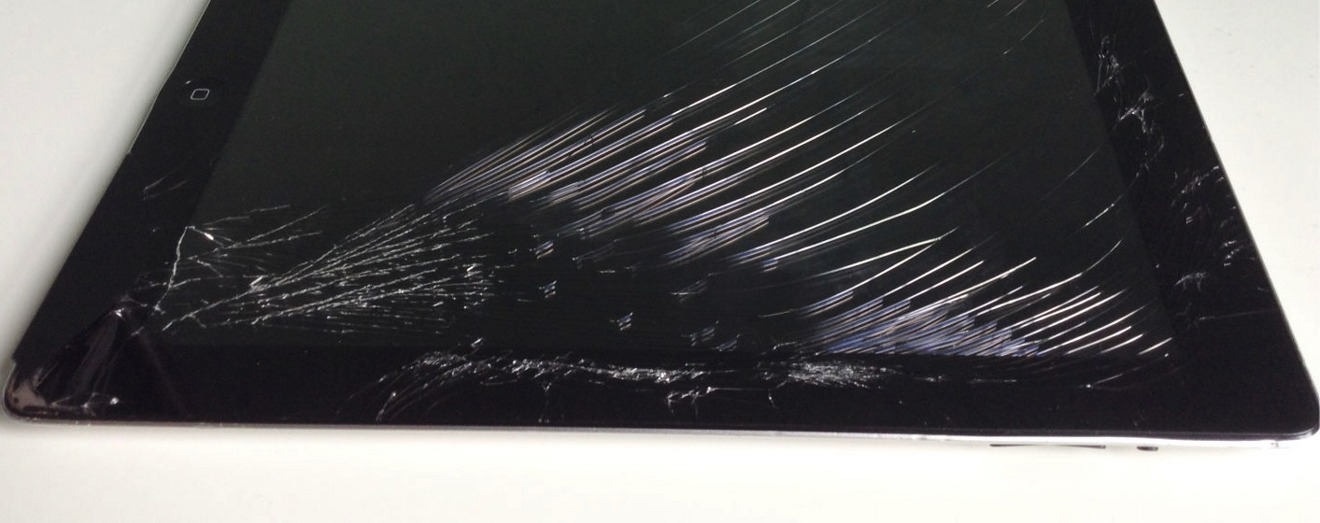
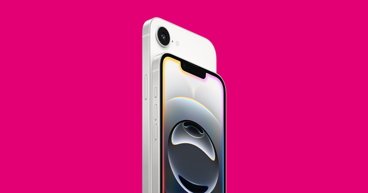



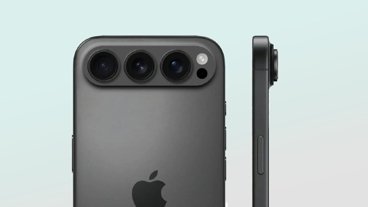


-m.jpg)






 William Gallagher
William Gallagher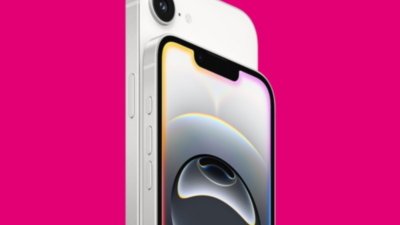
 Sponsored Content
Sponsored Content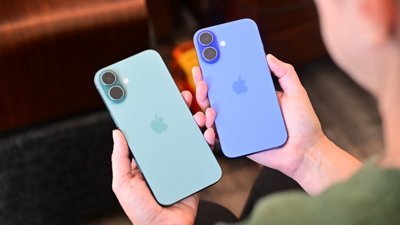
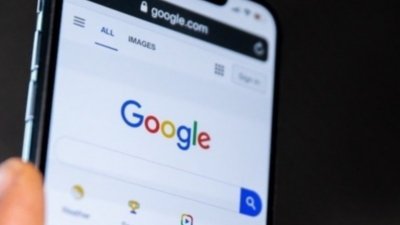
 Malcolm Owen
Malcolm Owen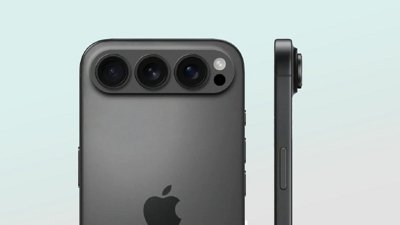


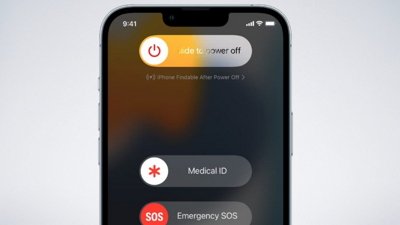
 Charles Martin
Charles Martin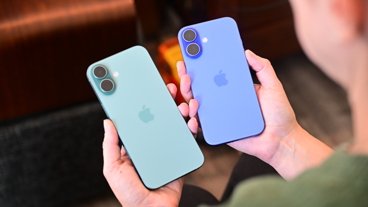







44 Comments
Again another set of morons. Let see your phone dies and it had been used for a while it is not new so any thing give you is equivalent to what you had but work verse not working. My experience with AppleCare is if the phone is fairly new purchase in the last few months they just give you a new phone right out of a new box. If it is older than 6 months you are usually getting a refurb unit. Honest, if they took you broken phone and fix it would be refurb as well and no better than what you had.
Wait, wait, lem me understand this. So, she received a Mal functioning product "refurbished" so she goes and sues apple over it? Couldn't she just contact apple about it? She did reed the contract before buying the apple care plus, right?
This one will get dismissed pretty quickly.
AppleCare is a contract. She has an obligation to read that contract before she enters into it with Apple. If she chooses to not read it, that's cool. But there's no integrity in whining and suing Apple because she didn't do her homework. Another customer I would love to refund the money to on the condition that she never buy another Apple product in her life.
Didn't a lawsuit similar to this happen a few years back?